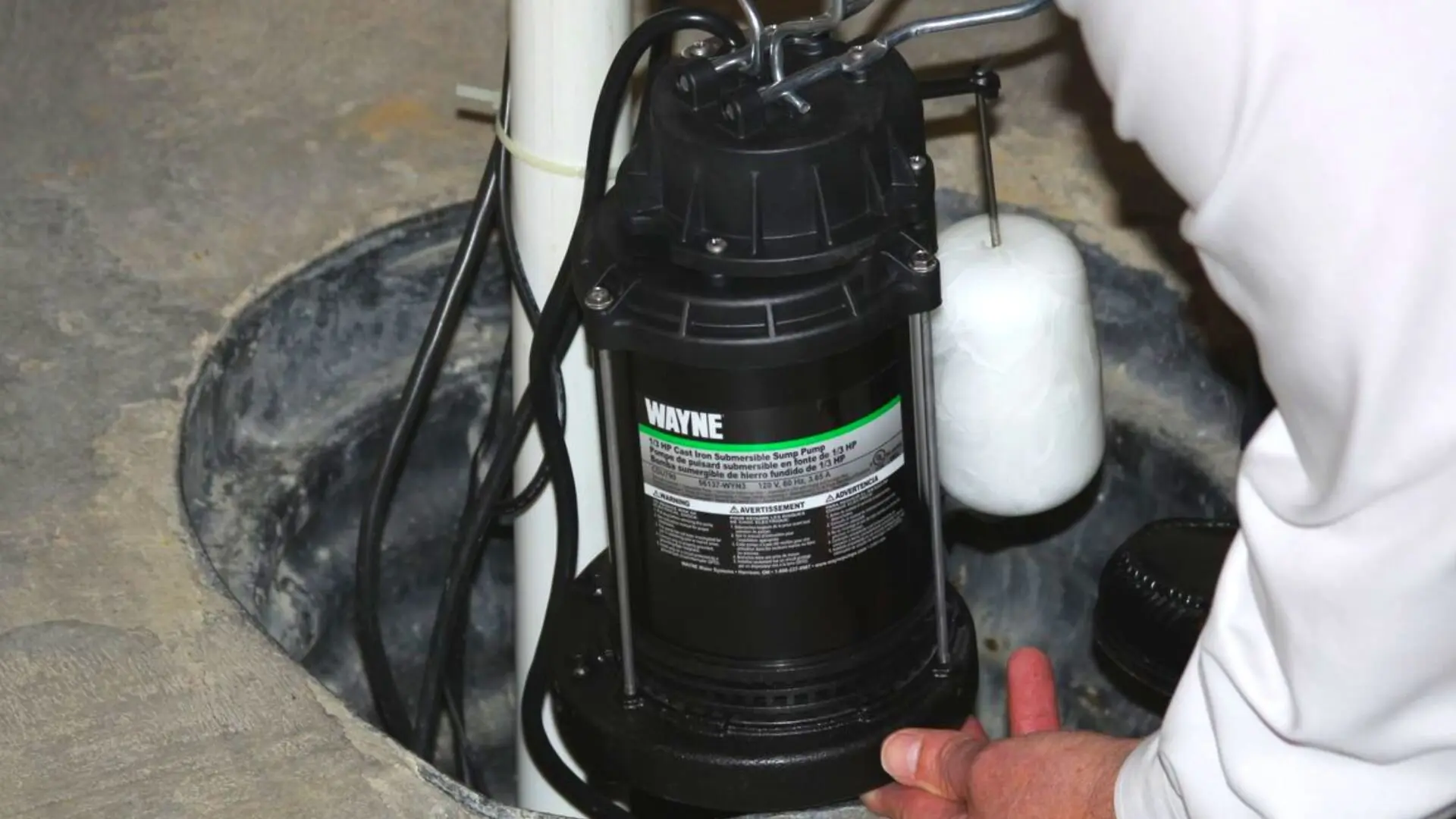My Guide to Properly Taking Care of a Sump Pump
My Guide to Properly Taking Care of a Sump Pump
Blog Article
Were you interested in content about How To Effectively Clean A Sump Pump?

Sump pumps are crucial parts in many homes, particularly in locations vulnerable to flooding or extreme dampness. They help stop water damages by successfully getting rid of excess water from cellars or crawl spaces. Nevertheless, like any other appliance, sump pumps call for routine maintenance to guarantee they function successfully when needed one of the most. Cleaning your sump pump is a crucial part of its maintenance, and recognizing how to do it correctly can conserve you from pricey repairs and possible catastrophes.
Introduction
Preserving a clean sump pump is essential for its proper functioning and durability. Ignoring this vital job can lead to obstructions, malfunctions, and eventually, water damages to your residential property. Consequently, discovering how to clean a sump pump is vital for home owners that depend on these tools to keep their basements dry and secured.
Indicators of a Dirty Sump Pump
Understanding when your sump pump requires cleansing is vital for stopping prospective breakdowns. Some typical signs that indicate a filthy sump pump consist of weird noises throughout operation, decreased water circulation, and visible debris in the pit. If you notice any one of these symptoms, it's necessary to clean your sump pump promptly to prevent any further problems.
Preparing for Cleaning
Before you begin cleansing your sump pump, it's vital to take some safety and security preventative measures. Beginning by turning off the power to the pump to avoid any type of electric accidents. In addition, use ideal protective equipment, such as gloves and safety glasses, to safeguard on your own from dust, particles, and possible pathogens.
Understanding the Sump Pump
Before diving into the cleansing process, it's vital to have a basic understanding of exactly how a sump pump works. Commonly installed in a pit or container below the basement floor, a sump pump consists of a number of vital components, including a pump, a float button, and a discharge pipe. When water collects in the pit, the float button triggers the pump, which then pumps the water out through the discharge pipeline, far from the building's structure.
Step-by-step Guide to Cleansing a Sump Pump
Shutting down the Power
Begin by separating the power supply to the sump pump to prevent any type of accidents while cleaning.
Looking For Proper Functioning
Prior to re-installing the pump, do a fast examination to ensure that the float switch triggers the pump appropriately. Pour some water right into the sump pit and observe the pump's operation. If everything is working properly, you can reassemble the pump and reconnect the power supply.
Eliminating Particles and Dust
Utilize a pail or a scoop to get rid of any kind of visible debris, dirt, or sediment from the sump pit. Dispose of the particles appropriately to stop it from obstructing the pump or the discharge pipe.
Cleaning up the Pump and Float Switch Over
When the pit is clear of debris, very carefully eliminate the pump from the pit. Inspect the pump and the float button for any kind of indications of damage or wear. Utilize a soft brush or fabric to cleanse the surfaces and eliminate any type of accumulated gunk.
Purging the System
After cleansing the pump and float button, flush the sump pit with tidy water to eliminate any type of remaining dust or debris. This will aid guarantee that the pump operates efficiently and efficiently.
Upkeep Tips to Maintain Your Sump Pump Clean
In addition to regular cleaning, there are numerous upkeep tips you can comply with to keep your sump pump in optimum condition:
Conclusion
Cleansing your sump pump is a vital facet of its maintenance and makes sure that it runs effectively when you need it one of the most. By complying with the steps outlined in this overview and incorporating normal upkeep into your routine, you can extend the lifespan of your sump pump and secure your home from water damage.
How To Inspect And Clean A Sump Pump
There are a few things you may want to look for when inspecting your sump pump. These include:
Leaks: If you notice any leaks around the sump pump, it likely needs to be repaired or replaced. Mud or Water: If there is any mud or water around the sump pump, it’s likely that it’s not working properly and needs to be cleaned. Noises: If you hear any strange noises coming from the sump pump, it may be indicative of a problem. Next, you’ll need to clean the sump pump. If you notice any of these issues, it’s best to clean the sump pump as soon as possible. To do this, you’ll need to remove the pump from its housing. Be sure to have a bucket handy to catch any water that may spill out. Once the pump is removed, use a brush or a spray nozzle to clean off all of the mud and debris. You may also want to check the impeller for damage or wear and tear. If you find any damage, you’ll need to replace the pump.
Once the pump is clean, reattach it to its housing and replace any parts that were removed. Be sure to test the pump before putting everything back in place. Once everything is back in order, put the cover back on the sump pit and refill it with water.
https://elekplumbing.com/blog/how-to-inspect-and-clean-a-sump-pump/

Do you appreciate reading up on How to Care for Your Sump Pump? Give feedback down below. We'd be happy to listen to your thoughts about this blog. In hopes that you visit us again in the future. Sharing is good. Helping others is fun. Thanks a lot for going through it.
View More Report this page